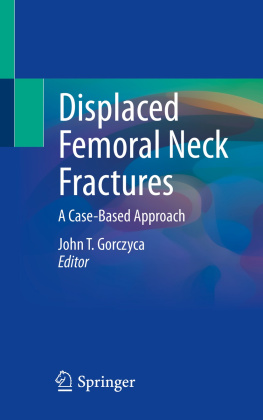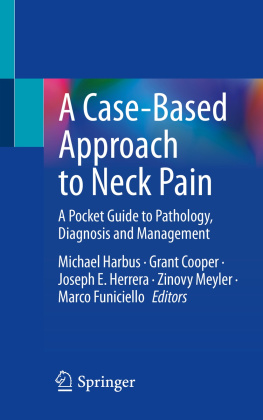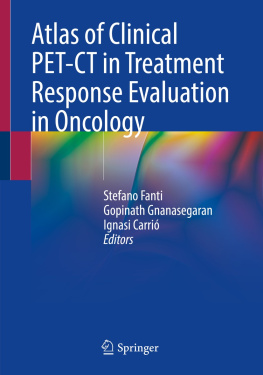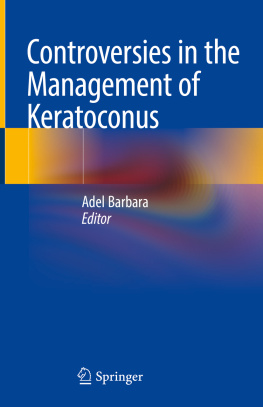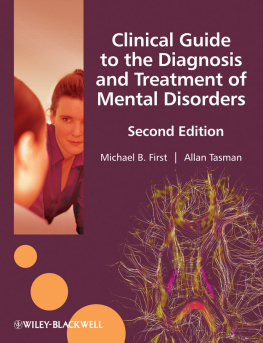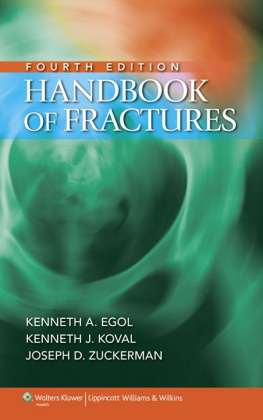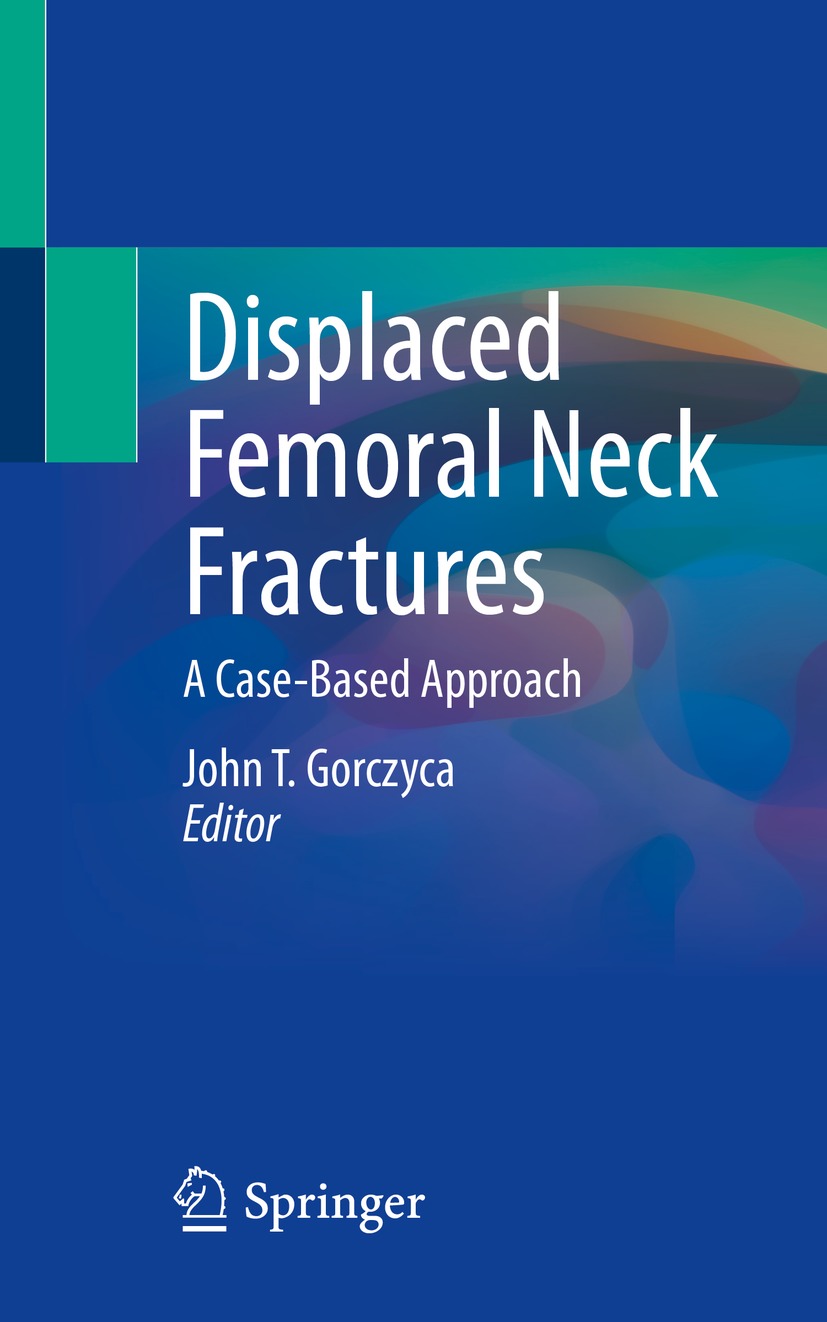Displaced Femoral Neck Fractures
A Case-Based Approach
1st ed. 2022

Logo of the publisher
Editor
John T. Gorczyca
Department of Orthopedics, University of Rochester Medical Center, Rochester, NY, USA
ISBN 978-3-030-84443-1 e-ISBN 978-3-030-84444-8
https://doi.org/10.1007/978-3-030-84444-8
The Editor(s) (if applicable) and The Author(s), under exclusive license to Springer Nature Switzerland AG 2022
This work is subject to copyright. All rights are solely and exclusively licensed by the Publisher, whether the whole or part of the material is concerned, specifically the rights of translation, reprinting, reuse of illustrations, recitation, broadcasting, reproduction on microfilms or in any other physical way, and transmission or information storage and retrieval, electronic adaptation, computer software, or by similar or dissimilar methodology now known or hereafter developed.
The use of general descriptive names, registered names, trademarks, service marks, etc. in this publication does not imply, even in the absence of a specific statement, that such names are exempt from the relevant protective laws and regulations and therefore free for general use.
The publisher, the authors and the editors are safe to assume that the advice and information in this book are believed to be true and accurate at the date of publication. Neither the publisher nor the authors or the editors give a warranty, expressed or implied, with respect to the material contained herein or for any errors or omissions that may have been made. The publisher remains neutral with regard to jurisdictional claims in published maps and institutional affiliations.
This Springer imprint is published by the registered company Springer Nature Switzerland AG
The registered company address is: Gewerbestrasse 11, 6330 Cham, Switzerland
This book is dedicated to those who taught me: my parents, my mentors, my colleagues, my students, and my family
Introduction
Displaced femoral neck fractures are occurring more frequently and have a huge impact on our society. They are one of a few injuries in which similar patients treated in the same way can have a broad range of outcomes. Although in some patients the results are determined by the nature of the injury and the patients underlying condition, in many cases, the surgeons decisions and technique will have a strong influence on the outcome. And in some cases, there may be some luck involved.
This book evolved from a Case-Based Discussion at the Orthopaedic Trauma Association. What emerged from the first session was that there was not a clear consensus even among the faculty for many common issues that were discussed. Furthermore, despite numerous biological advances, biomechanical studies, novel innovative implants, modern assessment of patient outcomes, improved techniques, and hundreds of clinical studies over the past few decades, the results of treatment are often not much better than those reported by RF Garden almost 60 years ago.
The aim of this book is to review the decisionmaking process and the techniques that are available in order that the treating surgeon can provide the best treatment for his particular patient. The evidence provided for this book will be current. It is hoped that after reading this, the surgeon will understand the principles well enough that, with the passage of time and arrival of new evidence, they will be able to respond to these scientific advances and correctly incorporate them into their care of patients.
The chapter authors are experts in their field, clinically active, intellectually honest, and guided by science, thereby providing a solid rationale for their recommendations.
The format of the book is case-based. The intent is to create an enjoyable book that can be read a chapter at a time while taking a break from work, having the time to think about each case and consider the alternatives. Too often, the reader is under time pressure and wishes to extract two or three quick bullet points or rapidly review a surgical approach before operating. This book is not written to serve as that type of reference.
Contents
Kyle T. Judd
Megan R. Terle and Robert P. Dunbar Jr
John T. Gorczyca
Robert Bruce Simpson and John T. Gorczyca
Gillian L. S. Soles and Alexander Greenstein
Cecilia Rogmark
Benjamin F. Ricciardi and John T. Gorczyca
John T. Gorczyca
John T. Gorczyca
Contributors
Robert P. Dunbar Jr MD
Harborview Medical Center, Department of Orthopaedic Surgery and Sports Medicine, University of Washington, Seattle, WA, USA
John T. Gorczyca MD
Department of Orthopedics, University of Rochester Medical Center, Rochester, NY, USA
Alexander Greenstein MD
Department of Orthopaedics and Rehabilitation, University of Rochester, Rochester, NY, USA
Kyle T. Judd MS, MD, FACS
Department of Orthopaedics, University of Rochester Medical Center, Rochester, NY, USA
Benjamin F. Ricciardi MD
Department of Orthopaedic Surgery, University of Rochester Medical Center, Rochester, NY, USA
Cecilia Rogmark MD, PhD
Department of Orthopaedics, Skane University Hospital, Lund University, Malm, Sweden
Robert Bruce Simpson MD
St. Francis Hospital, Hartford, CT, USA
Gillian L. S. Soles MD
Department of Orthopaedic Surgery, University of California Davis Medical Center, Sacramento, CA, USA
Megan R. Terle MD, MPH
Harborview Medical Center, Department of Orthopaedic and Sports Medicine, University of Washington, Seattle, WA, USA
The Author(s), under exclusive license to Springer Nature Switzerland AG 2022
J. T. Gorczyca (ed.) Displaced Femoral Neck Fractures https://doi.org/10.1007/978-3-030-84444-8_1
1. Displaced Femoral Neck Fractures in Young Healthy Patients: The Evaluation
Kyle T. Judd
(1)
Department of Orthopaedics, University of Rochester Medical Center, Rochester, NY, USA
Keywords
Displaced femoral neck fracture Young Evaluation Polytrauma
Displaced femoral neck fractures are relatively common injuries treated by orthopedic surgeons. The majority of these fractures occur in geriatric patients following low-energy mechanisms []. This high complication rate makes appropriate timely evaluation and treatment of both the overall patient and the associated bony injury paramount to successful treatment.
Case 1
A 44-year-old man is the unrestrained driver in a high-speed front impact motor vehicle collision. There was a prolonged extrication at the scene due to front-end encroachment of his vehicle, after which he was transported by emergency medical services directly to a level I trauma center (Fig. ). Upon arrival in the trauma bay, he was confused but interactive and re-directable. He had a clear airway. Chest auscultation revealed asymmetric breath sounds which were decreased on the right. His abdomen was tender and distended. His pelvis was stable to anterior-posterior (AP) and lateral compression. His extremities were warm and well perfused. Peripheral pulses were 2+ and symmetric bilaterally in the upper and lower extremities. Initial vital signs are temperature of 36.2 degrees Celsius; heart rate (HR): 125; blood pressure (BP): 95/60; respiratory rate (RR): 30 bpm; oxygen saturation (SaO2): 89%.

